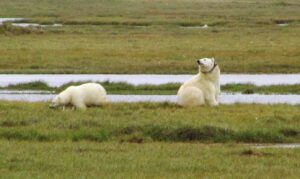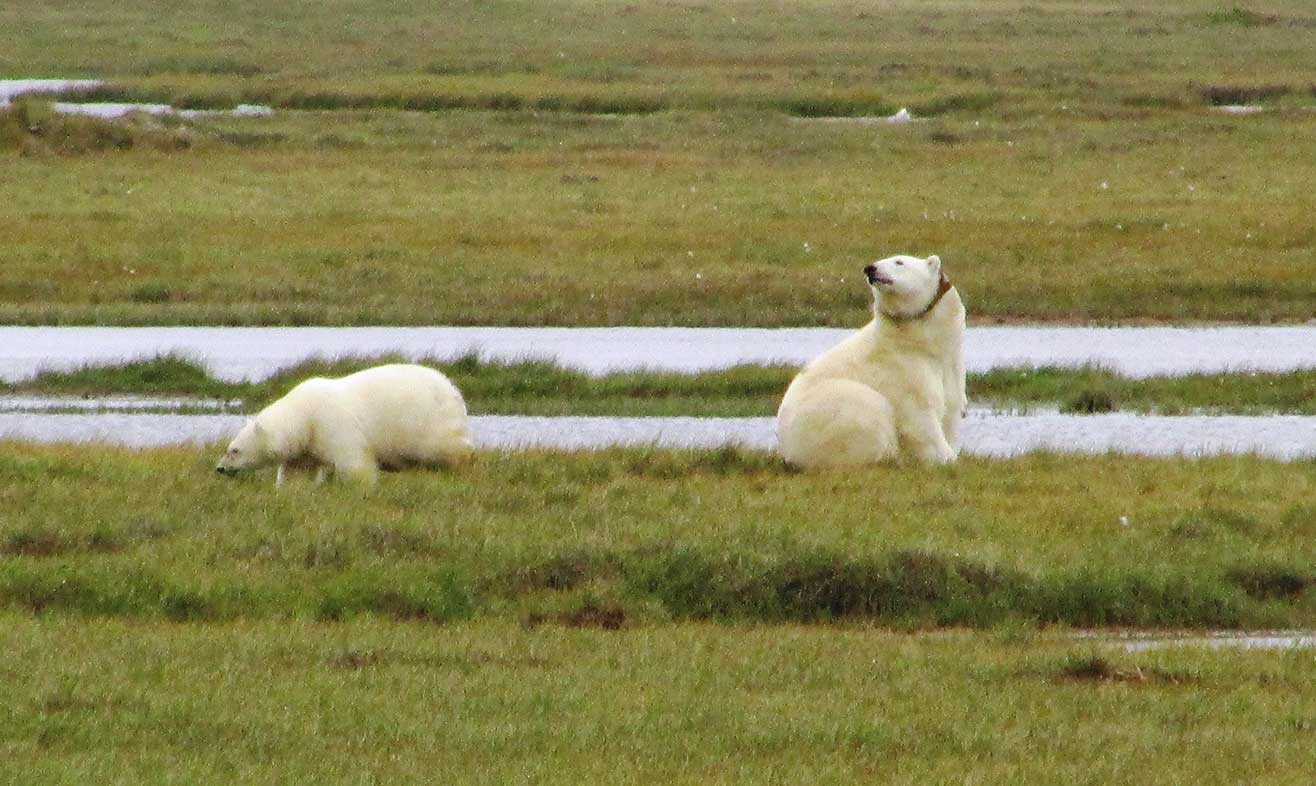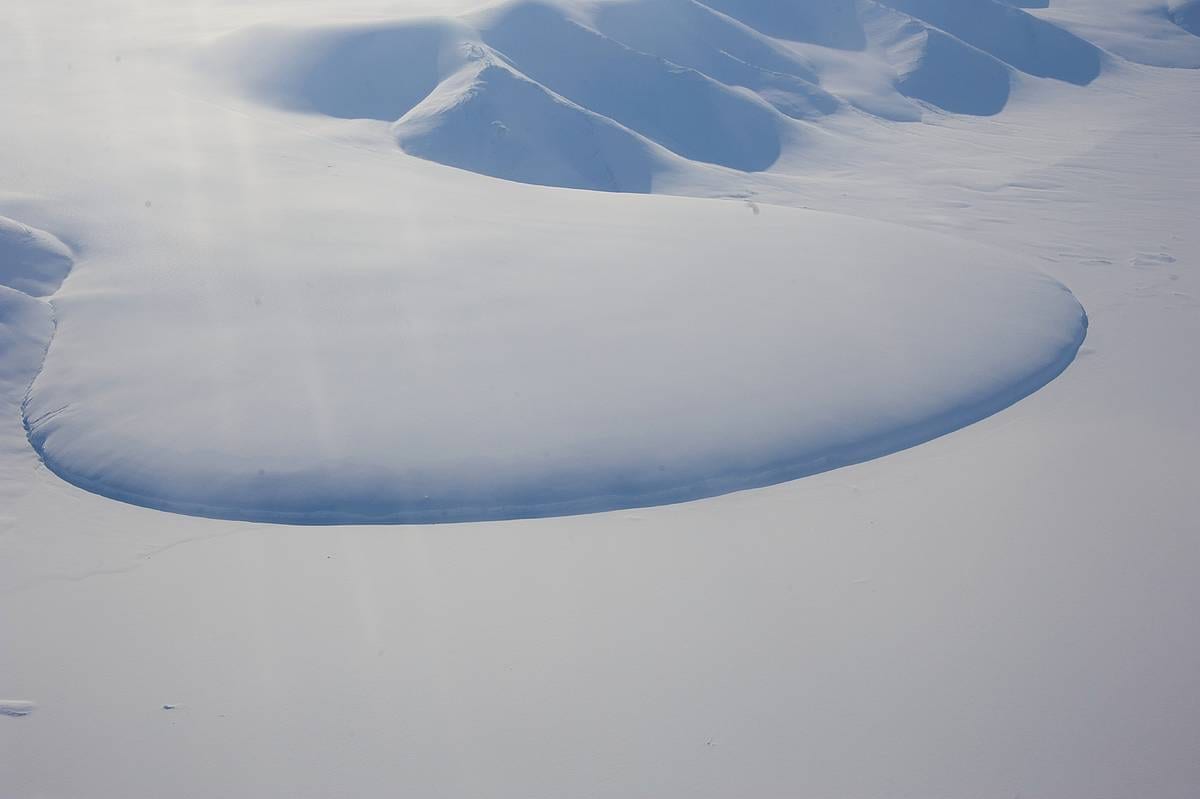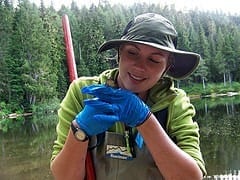
An international team of climate and social scientists say a new approach to climate preparedness is essential to help people adjust to coming changes
Changes are already happening to Earth’s climate due to the burning of fossil fuels, deforestation and large-scale agriculture. As changes get more pronounced, people everywhere will have to adjust. In this week’s issue of the journal Science, an international group of researchers urge the development of science needed to manage climate risks and capitalize on unexpected opportunities.
“Adapting to an evolving climate is going to be required in every sector of society, in every region of the globe. We need to get going, to provide integrated science if we are going to meet the challenge,” said senior scientist Richard Moss of the Department of Energy’s Pacific Northwest National Laboratory. “In this article, we describe the foundations for this research and suggest measures to establish it.”
Climate preparedness research needs to integrate social and climate science, engineering, and other disciplines. It prepares for impacts by determining who and what are most vulnerable to changes and by considering ways to adapt.
“Science for adaptation starts with understanding decision-making processes and information needs, determining where the vulnerabilities are, and then moves to climate modeling. A final step tracks whether adaptation is effective,” said Moss, who is based at the Joint Global Change Research Institute, a collaboration between PNNL in Richland, Wash. and the University of Maryland.
The article grew out of a workshop held in August 2012 at the Aspen Global Change Institute in Aspen, Colo., on how to improve support for decision-making in the face of a changing climate. The authors arrived at this approach to guide preparedness research based on the need to reduce the risks that climate change presents.
“The need to adapt and adjust is going to be global,” said Moss. “We need a flexible, integrated approach that merges theoretical and problem-oriented sciences around four general challenges.”
The four challenges are:
- Understanding what information is needed to make decisions about adapting to climate change
- Identifying vulnerabilities in society, the economy and the environment
- Improving forecasts and climate models in ways that can address specific problems
- Providing technology, management, and policy options for adapting
As an example of how practical and basic research can work together, Moss described work in the U.S. involving water utilities, university scientists, and private firms to pilot use of climate models and water utility modeling to design resilient water systems.
“This research is motivated by a practical challenge, ensuring reliable water supplies. Among the scientific advances that will be required is better integration of weather and climate models to improve decadal climate information to help people plan,” Moss said.
Bringing together diverse disciplines at the Aspen workshop allowed the international team to explore all facets of adaptation, including less examined ones such as how scientific information is (and isn’t) used in making decisions.
Go deeper with Bing News on:
Climate change preparedness
- Cause and Effect | Deluge in Dubai highlights climate vulnerability and a lack of preparedness
In the days since scientists have categorically rejected these claims and attributed the excess rain to good old climate change. A rapid analysis of the extreme weather event has led scientists to ...
- Why climate change is heating Europe faster than the rest of the world
Climate change is causing Europe to heat up more quickly than any other continent – and twice as fast as the global average – with recent studies warning of mounting threats to food, water and ...
- Climate Change Heats Up Workforce Safety And Health Concerns: International SOS Calls For Action - Middle East Business News And Information
In light of World Day for Safety and Health at Work on 28 April, International SOS encourages organisations to reassess their occupational safety an ...
- In Honor of Earth Month, FEMA Helps Communities Prepare for Climate Related Hazards and Disasters
Each Earth Day, the nation comes together to recognize the need for continued commitment to building a safe and sustainable planet.
- Biden-Harris Administration Announces Extreme Heat Summit Series to Advance Nationwide Climate Resilience Goals
In advance of the summer and underscoring the Biden-Harris Administration’s focus on community resilience to address climate change, FEMA will host a virtual and in-person Extreme Heat Summit series ...
Go deeper with Google Headlines on:
Climate change preparedness
[google_news title=”” keyword=”Climate change preparedness” num_posts=”5″ blurb_length=”0″ show_thumb=”left”]
Go deeper with Bing News on:
Climate preparedness
- Horn of Africa region going through climate emergency – ICPAC
Torrential rainfall and flooding in the Greater Horn of Africa region have resulted in misery and suffering with over 193 people confirmed dead due to drowning while another 700,000 have been ...
- Cause and Effect | Deluge in Dubai highlights climate vulnerability and a lack of preparedness
Experts suggest that the city's unpreparedness for such extreme weather events underscores the urgent need for climate-resilient infrastructure. A year’s worth of rain in 24 hours submerged Dubai, a ...
- Storm Reports: Tracking severe weather in Kansas Saturday
A complicated forecast for today bears the possibility of significant severe weather, including the possibility of strong tornadoes, across much of Kansas. Several areas of possible severe storm focus ...
- Nebraska bracing for new severe weather episode, authorities urge preparedness
Authorities warn of another episode of severehere is another severe weather threat today, in Nebraska.Please stay alert, have your weather notifications turne ...
- Tornado Preparedness tips as peak storm season rolls around
Severe weather is at its peak here in Spring time over the Ark-La-Miss. Tornadoes have the potential to strike at any moment if the conditions and atmospheric ...
Go deeper with Google Headlines on:
Climate preparedness
[google_news title=”” keyword=”Climate preparedness” num_posts=”5″ blurb_length=”0″ show_thumb=”left”]











